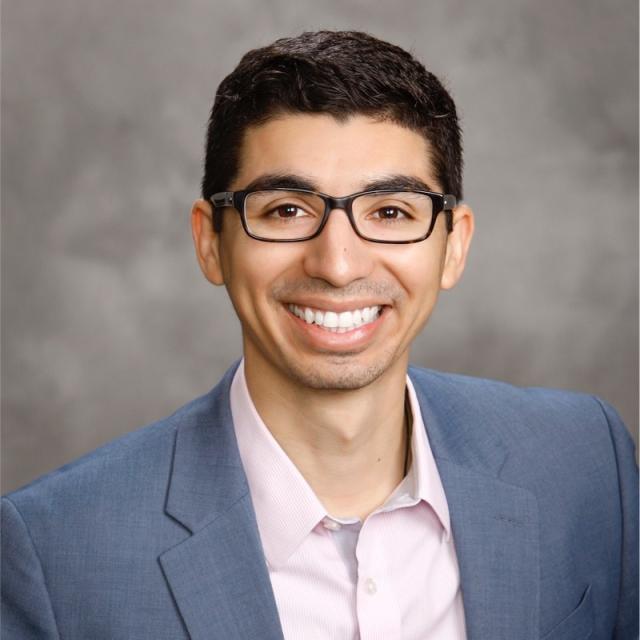Abstract:
The applications of photochemistry are as vast as they are exciting! This presentation will provide an overview of two projects spanning the areas of solution-based homogeneous photoredox catalysis and crystalline solid-state organic photochemistry.
Part I will illustrate the development of a family of earth-abundant homoleptic tungsten(0) arylisocyanide complexes which possess photophysical and photochemical properties that rival those of established noble-metal-based photosensitizers. Taking advantage of their long metal-to-ligand charge transfer lifetimes, highly reducing excited-state potentials of up to E°(W+/*W0) = −2.8 V vs Fc[+/0], and large one- and two-photon absorption cross sections, these complexes are demonstrated to serve as dual visible- and near-infrared light photoredox catalysts. Likely mechanisms of W(CNAr)6-catalyzed photoredox reactions will also be discussed.
Part II will highlight attempts to detect the highly reactive carbene 1,2,2-triphenylethylidene in molecular crystals of its aryldiazoalkane precursor. While the use of crystals effectively controls the reactivity of the arylalkylcarbene to afford high yields of a single product, nanosecond laser flash photolysis experiments at room temperature and fluorescence spectroscopy at 77 K suggest that even in the crystalline environment 1,2,2-triphenylethylidene undergoes facile and ultrafast 1,2-H shifts to yield photoproduct triphenylethylene. However, related arylalkylcarbenes with no α-H substituents could be observed by triplet-triplet fluorescence at 77 K in glassy matrices.
Biography:
Javier Fajardo Jr. was born and raised in sunny Southern California. Having enjoyed everything SoCal had to offer during his upbringing, Javier stuck around. He attended UC Riverside for his undergraduate studies, where he actively engaged in research in the laboratory of Prof. Vincent Lavallo, synthesizing and exploring the coordination chemistry of anionic carborane-based ligands. After graduating in 2014 with B.S. degrees in Chemistry and Physics, Javier then pursued his interest in synthetic inorganic chemistry as an NSF Graduate Research Fellow at the California Institute of Technology. Working with Profs. Harry B. Gray and Jonas C. Peters, he developed tungsten(0) arylisocyanide photosensitizers for visible and NIR light photoredox catalysis, and group 8 transition metal complexes for the catalytic fixation of dinitrogen to ammonia. After earning his Ph.D. in Chemistry in 2020, Javier joined Prof. Miguel García-Garibay’s group at UCLA as a Chancellor’s Postdoctoral Fellow, investigating the crystalline solid-state photochemistry of aryldiazoalkanes and their corresponding highly elusive arylalkylcarbenes, as well as developing metal-organic framework based-arrays of crystalline molecular rotors. Javier then packed his bags and journeyed to Northern California, where he is currently a postdoc in the Materials Physics organization at Sandia National Labs, studying charge transport mechanisms of water splitting semiconductor photocatalysts by nano-probe scanning electron microscopy techniques.
Outside of the lab, Javier enjoys running, hiking, reading, and eating tacos and (green) mint chocolate ice cream!
Speaker:
Institution:
Location:

